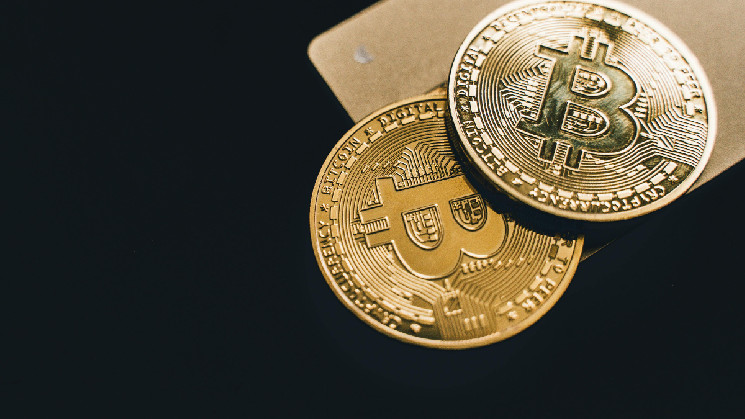
One of the most talked about and commonly traded pairs in the cryptocurrency world is BTC/USD. In this trading pair, Bitcoin (BTC) is bought and sold against the U.S. dollar (USD). This important price discovery effort is a means of establishing the digital asset’s price against the legacy financial system as a whole. Gaining a solid understanding of BTC/USD is important for anyone interested in trading and investing in cryptocurrency.
What is BTC/USD?
The BTC/USD trading pair shows the comparative value of Bitcoin, which is the number of U.S. dollars that are required in order to buy one Bitcoin. As the initial and leading cryptocurrency in terms of adoption overall, Bitcoin is commonly used as a comparison point for various alternative tokens.
Bitcoin/USD trading takes place on many exchanges. For instance, the Binance platform gives traders the ability to trade the pair against fiat currencies such as the U.S. dollar, and traders of every variety can enable different reasons and motivations when using it. Observing the health of the crypto market as a whole is just one example.
The Volatility of BTC/USD
The truly unique quality of BTC/USD, on the other hand, is its volatility. The markets for cryptocurrencies have been known to exhibit outsized price moves, and the Bitcoin market is certainly no exception. There are a virtually limitless number of reasons why BTC/USD may exhibit massive swings, with recent examples including governmental announcements regarding regulation and noteworthy advancements made within the Bitcoin ecosystem.
Global Influence on BTC/USD
Being a decentralized asset, Bitcoin isn’t controlled the traditional way a country controls its currency or enforces financial policies like sanctions or changes in the exchange rate. It’s complex, but the performance of BTC (when paired with the USD) can give us a general idea of how Bitcoin is reacting to the broader macro environment. Conditions, mostly in the United States, that impact the price of the U.S. dollar can also move BTC/USD, such as the U.S. interest rate, inflation data, or even geopolitical strains that alter investor sentiment, affecting both the traditional and crypto markets.
If the above economic conditions are unfavorable, Bitcoin could attract inflows as a potential “safe haven” to the U.S. dollar despite historical correlations between the asset and U.S. stocks. Should this take place, market participants might pile into Bitcoin and send BTC/USD higher. When the asset is viewed as an alternative to fiat currency, Bitcoin could trade inversely relative to the U.S. currency. Conversely, if the U.S. dollar is gaining strength based on fresh economic policies or a risk-on environment, this could push the BTC/USD lower.
The Role of Technology in Bitcoin’s Price
Bitcoin’s rise in acclaim to dominance is largely brought on by advances in the technology underpinning BTC. Rates related to a surge in security features that enhance scalability and adoption in mainstream sectors could affect the BTC/USD rate. When more publicly listed companies and financial institutions begin to incorporate BTC as a form of payment or investment, the demand for Bitcoin might rise, placing an upward trajectory on BTC/USD.
The Intersection of Crypto and Traditional Markets
BTC/USD appeal goes beyond enthusiasts; traditional and institutional investors might not trade the asset directly but are influenced by its value. The increased interconnectedness between the asset and traditional assets is evidence enough of this. For example, sentiment in the stock market could rub off on sentiment in the cryptocurrency market and BTC/USD. Consequently, stock and commodities traders involved in short-term investments and providing risk hedging consideration would keep an eye on BTC/USD.
In addition, many central banks globally and regulators are closely monitoring developments in the world of cryptos, specifically Bitcoin. Bitcoin, now growing at an unprecedented pace in adoption interest, has created a debate about whether Bitcoin forms a store of value as gold does or if it is viewed as a medium of exchange.
Conclusion
The BTC/USD trading pair represents the most liquid and popular instruments in the crypto space. To understand what drives BTC/USD price action, traders must become familiar with global economic indicators, technological developments, and the overall market sentiment, but for most traders, it is simply easier to go the old-fashioned way and track the effects on the price of Bitcoin itself. As Bitcoins finds representations as both a digital gold and a practical system for fast transfers of wealth, the BTC/USD pair will maintain its position as the most popular digital asset pair in the world and as a barometer of the entire crypto market.
For those who want to find out more about the process of trading cryptocurrencies and assets, finding out the latest info about BTC/USD and the crypto market at large features the regular columns on the issue, along with analysis and opinion pieces, via BTC news. It is the definitive place to remain in the know of what is happening. Every day.
